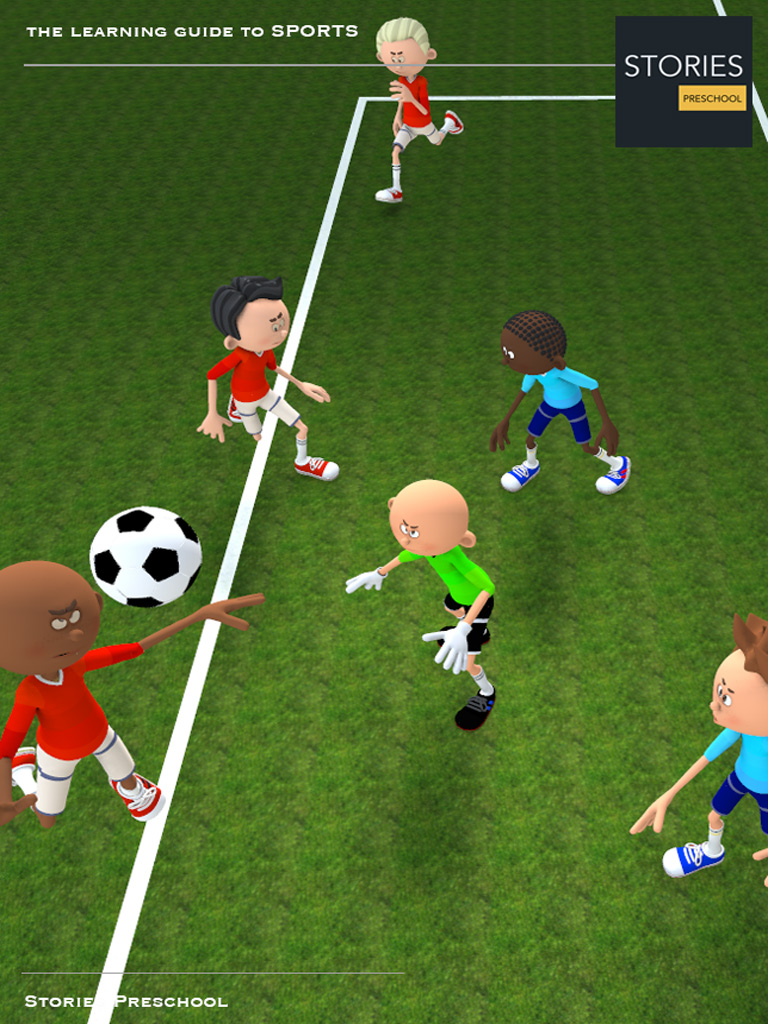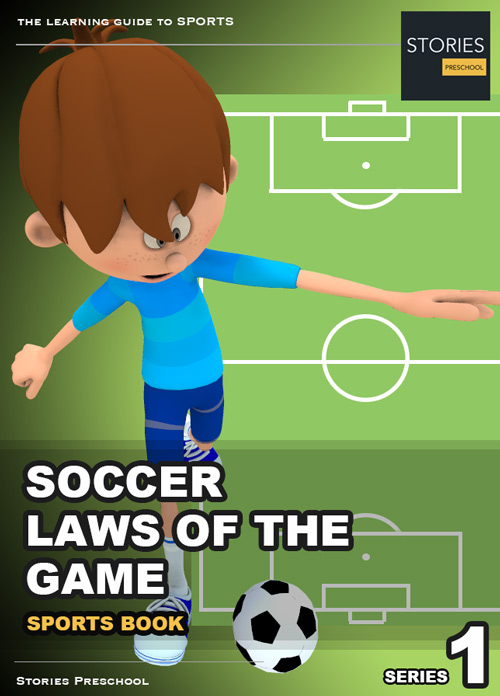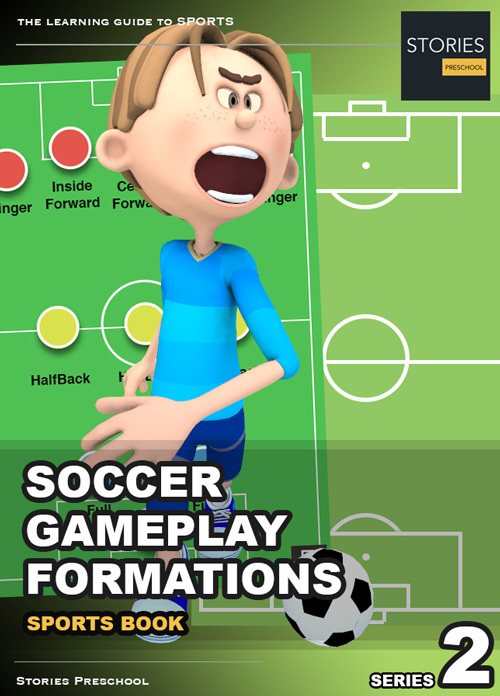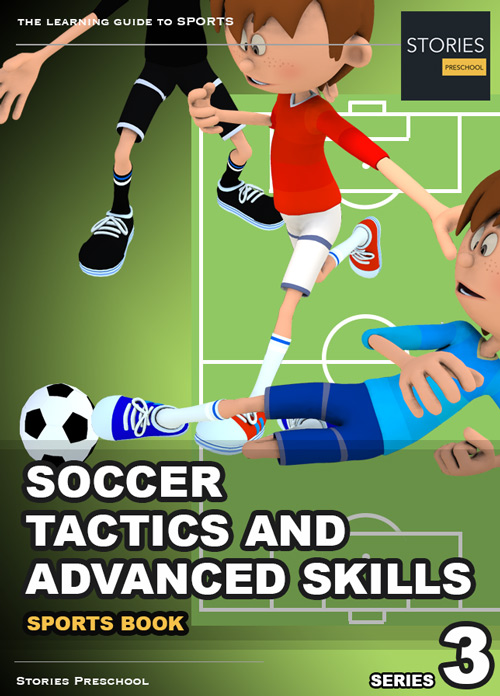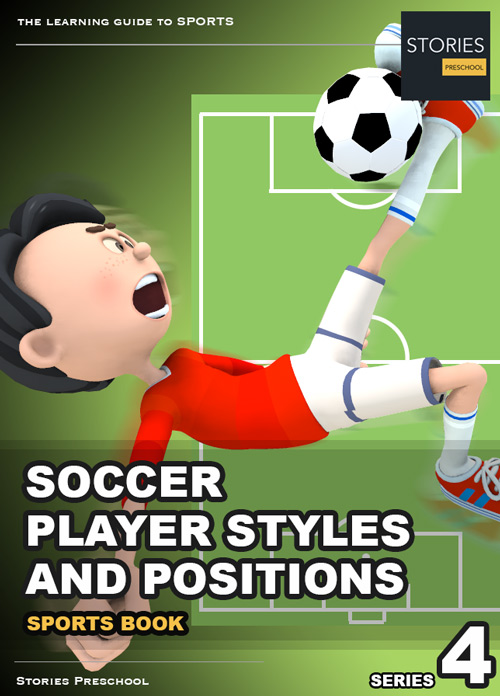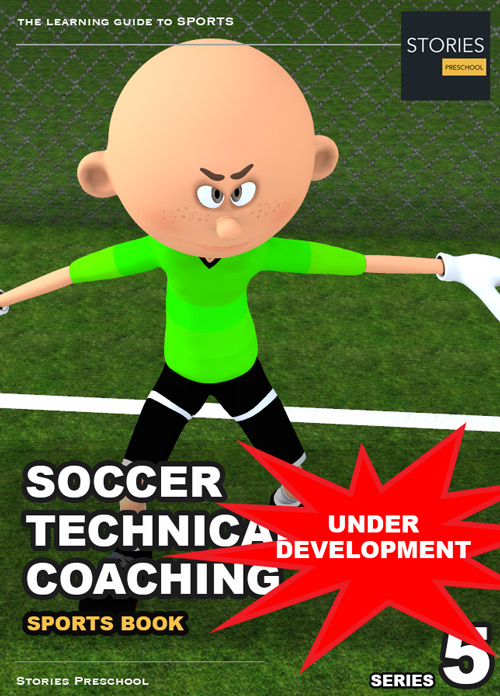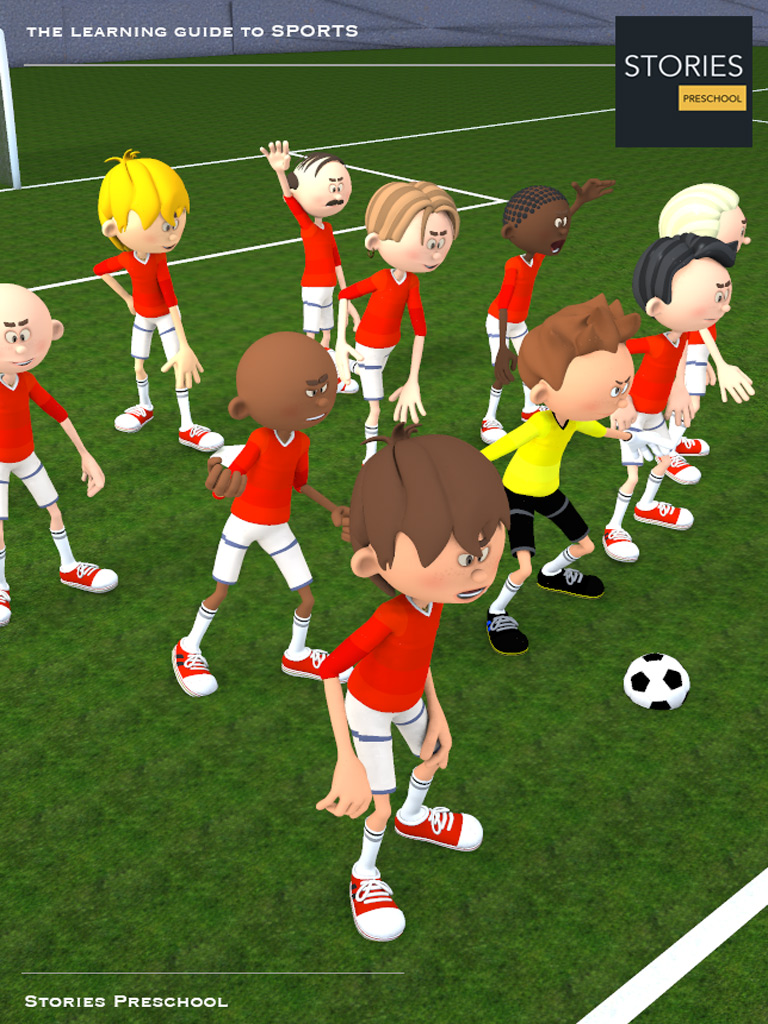Soccer
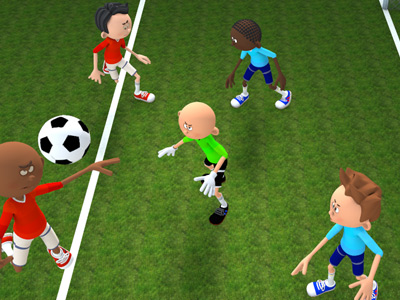
Soccer Player Styles
Goalkeeper
Shot stopper
A goalkeeper known as being very good at saving strikes on goal, many at point blank range. They are known for having great reactions, an almost instinctive ability to anticipate where to position themselves and to dive or spread themselves in order to effect a save, often from a shot that may look impossible to prevent going in. They can be recognized by a high saves to shots ratio.
Sweeper-Keeper
With the advent of the offside rule, the role of a sweeping defender or libero has become pretty much obsolete. However, in the last decades it has become popular for goalkeepers to take that role instead. A sweeping goalkeeper is good at reading the game, and prevents scoring opportunities by clearing passes and crosses outside of the goal area without the use of his hands. Manuel Neuer has often been described as a sweeper-keeper.
Defensive
Attacking full-back
An attacking full-back (or wing-back) is a defender stationed on the flank with emphasis on attack as well as defense. The name wing-back is a portmanteau of "winger" (see above) and "full-back". As the role combines that of the winger and the full-back, attacking full-backs need to have good stamina. Where a teams fields three centre-backs, the attacking full-back is expected to concentrate more on providing support for strikers than concentrating on their defensive duties.
Libero
The libero (Italian: free) or sweeper is a more versatile type of defender that "sweeps up" the ball if the opponent manages to break the defensive line. Their position is rather more fluid than other defenders who mark their designated opponents. Sweepers are usually faster than that of the other players on the team, and are built slightly smaller than the others. The sweeper's ability to read the game is even more vital than for a centre-back; they also are usually confident on the ball and possess good passing and vision, as they are often responsible for starting plays from the back-line. The catenaccio system of play, used in Italian football in the 1960s, notably employed a defensive libero. Franz Beckenbauer is often credited as having invented the role of the modern sweeper.
Stopper
Stoppers are skilled defenders who rely on their strength, stamina, and man-marking abilities to stop the opposition's attacking play by making strong tackles. They are usually uncompromising in their tackling and would rather give away a foul than let an opposition player get past them. Stoppers generally play as centre-backs.
Midfield
Ball winner
A ball winner is a player skilled at winning the ball back from the opposition through tackling and interceptions in the midfield area of the pitch. They endeavour to break up the opposition's attacking play by regaining possession. Ball winners are usually defensive midfielders or central midfielders but this can also be an attribute of a defender.
Defensive midfielder
Defensive midfielders are central midfield players that focus more on defense than attack. They need strength to make strong tackles and they also need stamina and some degree of passing skill as they need to support other midfielders.
Creative midfielder
Creative midfielders are midfield players that are able to create goal scoring opportunities for the team often in situations where nothing seems likely. They usually have good ball control, passing ability and movement and will be blessed with vision and on-the-ball intelligence. They are usually attacking midfielders, though second strikers, wingers, and central midfielders can also be known as creative players.
Box to box
Box to box midfielders help with almost every aspect of the game. They need immense stamina as they need to cover most areas of the pitch, as well as some degree of passing skills. They would be up one end of the pitch assisting the attack one moment then back helping to defend around their own penalty area the next. They normally play as central midfielders but any of the midfield players may have this attribute.
Wide midfielders
These are midfielders that have pace and/or dribbling ability to be able to beat defenders along the flank. They will have the habit of running wide whenever they get possession of the ball or when their team is attacking, to receive the ball. Their most important skill is to be able to cross the ball into the penalty box to create opportunities for strikers. Sometimes strikers will pull right or left as a tactic to draw a defender out of position or to get into unmarked space.
Playmaker
Playmakers are midfielders that controls the flow of attacking play, starting off attacking moves. They have good passing ability and also good off-the-ball ability and vision to be able to read the game and to see where goal-scoring opportunities may come from. Playmakers usually play as central midfielders or attacking midfielders, but some play as defensive midfielders (known as deep-lying playmakers).
Midfield general
A central midfield player who absolutely controls the midfield area, directing team play and breaking up the opponent's attacks. They are known for having the biggest influence on their team's overall performances, driving them forward to attack, putting sustained pressure on the opposition and leading by example when the team is defending. They more often than not will be the team captain.
Attacking
Dribbler
Dribblers are players known for their close ball control ability that is used to go past defenders by sudden change of direction and acceleration sometimes combined with great pace. The skill is used to create opportunities for other attackers or to score themselves having broken through the opposition's defense using what is sometimes referred to as "trickery". One of the great spectator sights in football is a player going on a "mazy run" with the ball, twisting and turning to avoid opposition tackles, beating a number of players.
They usually play as wingers, secondary strikers or attacking midfielders, but in some cases, a centre forward may also have these skills.
Counter attacker
Counter attackers are any attacking player that uses their pace to beat defenders and cause unexpected scoring opportunities at any time. They also need some degree of shooting skill. Counter attacking opportunities occur when the opposition are themselves attacking a team with most of their players forward. A counterattack happens when the ball is won back and is quickly played into space for a counterattacking player to run onto or where a player takes the ball themselves and runs with pace into a sparsely defended opposition half.
Clinical finisher
Clinical finishers are forwards that specialize in their accurate shooting ability. They are "clinical" in that they need few opportunities to score a goal being able to strike and place the ball exactly where it will beat the goalkeeper. They can be identified by their high goal to shots ratio. Clinical strikers usually play as centre forwards though other attacking players can often be said to be clinical finishers.
Target man
Target men are forwards that generally have a high degree of physical strength and are usually tall in height. They are able to make space, score goals, or hold up play with the ball waiting for support no matter how much pressure defenders are putting on them. They specialize in taking and controlling the ball in the air or along the ground often from long passes, strength to hold off defenders when receiving long passes and sometimes volleying the ball. The term "target" refers to the fact that other team players will use them to play long balls or crosses to even though they may be surrounded by opposition defenders. The role is unique to centre forwards.
Goal poacher
Goal poachers are forwards who wait in the six-yard box or the penalty area for a cross, pass or loose ball and pounce to try to score a goal. Their "poaching" refers to the fact that they will often score a goal out of the slightest of opportunities i.e. steal a goal. Goal poachers usually play as centre forwards or second strikers.
False nine
A false nine is a player who appears to be playing as a centre-forward (traditionally a number nine shirt), but drops deeps or pulls wide disrupting the opposing team's marking. Usually the centre forward will be marked by one of the centre-backs but the false nine will often move away into a grey area causing a dilemma on whether the centre-back follows, isolating them from the other centre-back or stays where they are, making themselves redundant.
SPORTS
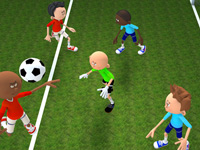
RESOURCES
This article uses material from the Wikipedia article "Association football positions", which is released under the Creative Commons Attribution-Share-Alike License 3.0.
© Stories Preschool. All Rights Reserved.
